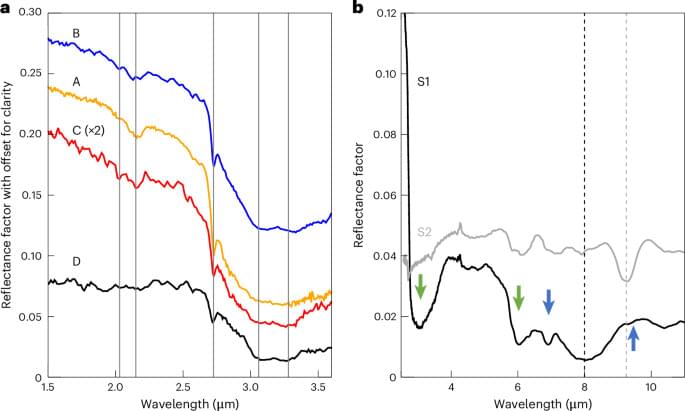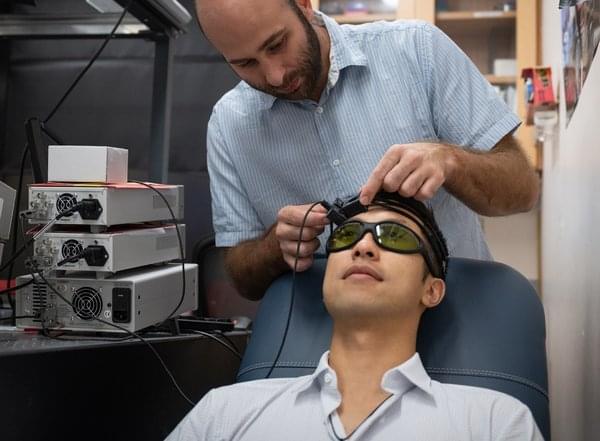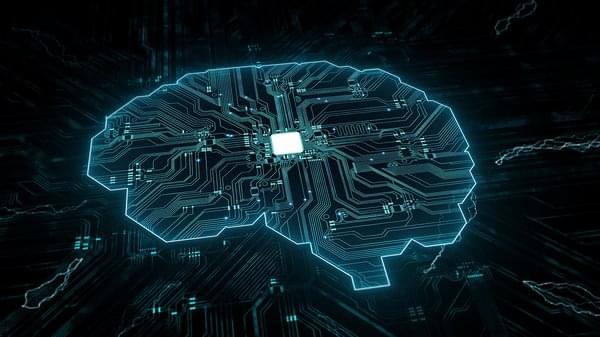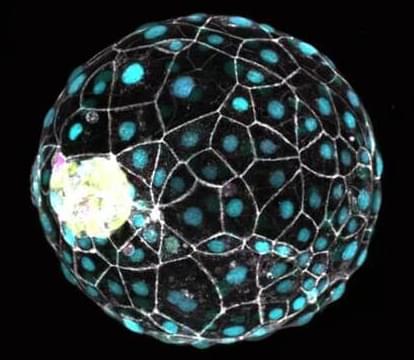Hydrated ammonium–magnesium–phosphorus-rich grains have been discovered in Ryugu samples. Embedded within an organic-rich phyllosilicate matrix, they may have been a key source of phosphorus and nitrogen in early terrestrial water reservoirs.


Anil Seth, Neuroscientist, Author, and Public Speaker who has pioneered research into the brain basis of consciousness for more than 20 years.
Moderated by Susan Schneider, Ph.D., William F Dietrich Distinguished Professor of Philosophy in the Dorothy F. Schmidt College of Arts and Letters; Member of the Brain Institute. Schneider is founding director of the Center for the Future Mind.
What does it mean to \.

The RUBIK Pi is a dev board from Thundercomm that’s positioned as a platform for developers looking to work a Qualcomm AI processor.
At the heart of the board is a Qualcomm QCS6490 processor with eight ARMv8 CPU cores, Qualcomm Adreno 643 graphics, and a 6th-gen Qualcomm AI Engine that delivers up to 12.5 TOPS of AI performance. Thundercomm hasn’t announced how much the board will cost yet, but says it will be available for pre-order starting in early November.

The Army has sent at least one “robot dog” armed with an artificial intelligence-enabled gun turret to the Middle East for testing as a fresh counter-drone capability for U.S. service members, service officials confirmed.
Photos published to the Defense Visual Information Distribution Service last…
The Army was testing at least one armed quadrupedal unmanned ground vehicle at an installation in Saudi Arabia.

Now a team of engineers and scientists from Caltech and the Keck School of Medicine of USC has developed a headset-based device that can be used to noninvasively assess a patient’s stroke risk by monitoring changes in blood flow and volume while a participant holds their breath.
Researchers in the lab of Caltech’s Changhuei Yang, along with colleagues from the Keck School of Medicine of USC, have developed a laser-based device that can measure blood flow noninvasively and differentiate stroke risk based on current physiological conditions.

Neural networks have a remarkable ability to learn specific tasks, such as identifying handwritten digits. However, these models often experience “catastrophic forgetting” when taught additional tasks: They can successfully learn the new assignments, but “forget” how to complete the original. For many artificial neural networks, like those that guide self-driving cars, learning additional tasks thus requires being fully reprogrammed.
Biological brains, on the other hand, are remarkably flexible. Humans and animals can easily learn how to play a new game, for instance, without having to re-learn how to walk and talk.
Inspired by the flexibility of human and animal brains, Caltech researchers have now developed a new type of algorithm that enables neural networks to be continuously updated with new data that they are able to learn from without having to start from scratch. The algorithm, called a functionally invariant path (FIP) algorithm, has wide-ranging applications from improving recommendations on online stores to fine-tuning self-driving cars.

Three patients are in “safe, deep remission” after receiving a CRISPR-Cas9-modified cell therapy for autoimmune disease treatment, according to a new published study in Cell.
New Stanford-led research unveils a hidden factor that could change our understanding of how oceans mitigate climate change. The study, published Oct. 11 in Science, reveals never-before seen mucus “parachutes” produced by microscopic marine organisms that significantly slow their sinking, putting the brakes on a process crucial for removing carbon dioxide from the atmosphere.


Mamma bears press pause on their early pregnancies, so that their cubs are born closer to a food filled spring. Researchers led by a team in Germany have now found this same pregnancy pause button exists in human cells too.
“Although we have lost the ability to naturally enter dormancy, these experiments suggest that we have nevertheless retained this inner ability and could eventually unleash it,” says molecular geneticist Nicolas Rivron from the Austrian Academy of Sciences (IMBA).
“Triggering a dormant state during an IVF procedure could provide a larger time window to assess embryo health and to synchronize it with the mother for better implantation inside the uterus.”